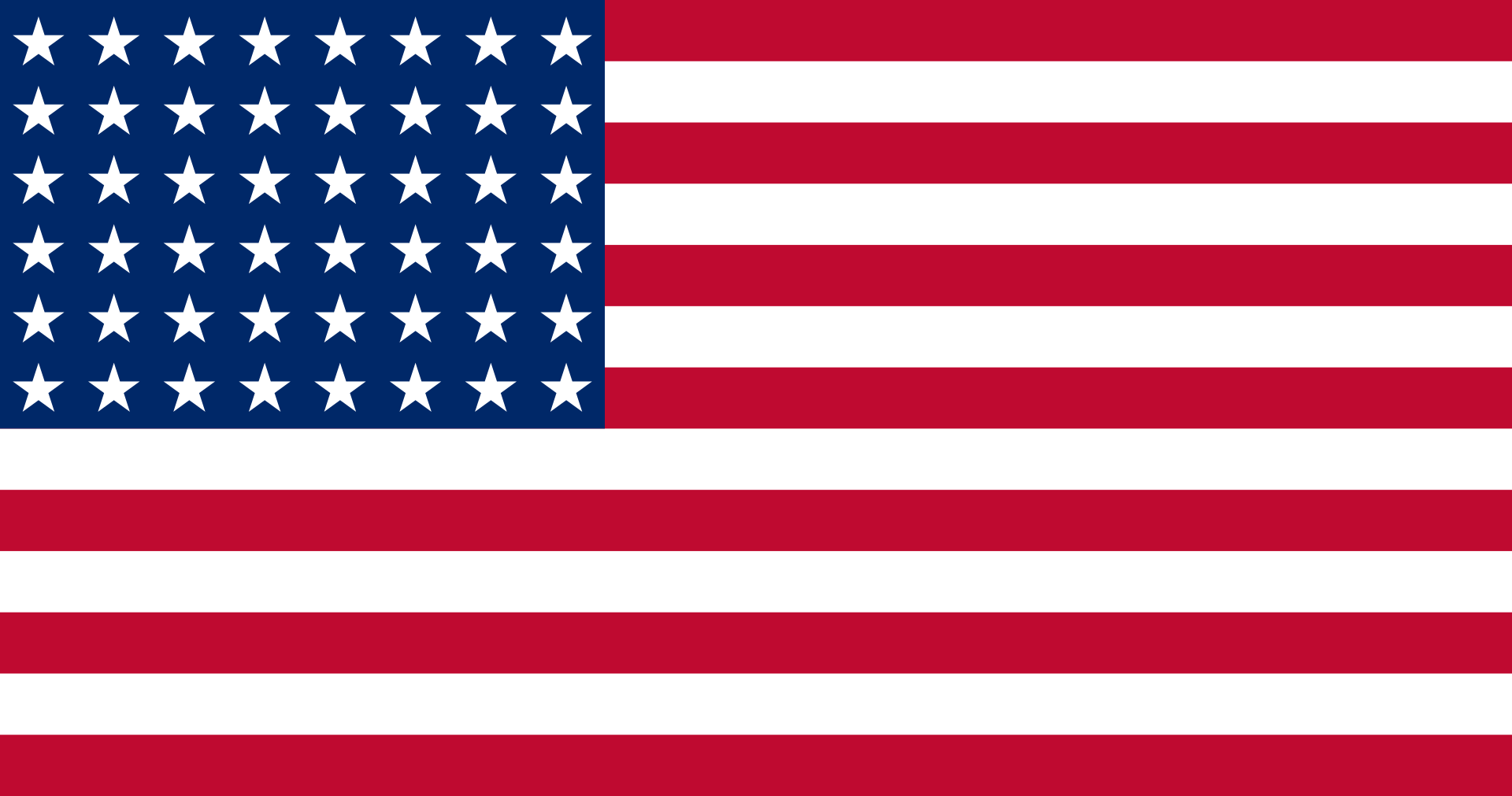Commando 43-46979
Operational Record
 August 1944 to September 1947
August 1944 to September 1947
43-46979 - USAAF (USA)
August 1944
Delivered from the Curtiss-Wright factory in Louisville, KY.
Assigned to I Troop Carrier Command.
Unknown date
Assigned to 807th AAF Base Unit, Bergstrom AAF, TX.
20 September 1945
Damaged at Bergstrom AAF, TX, probably in a taxi accident.
Pilot: Garlington C. Wilburn
 September 1947 to January 1958
September 1947 to January 1958
43-46979 - USAF (USA)
18 September 1947
Transferred.
Unknown date
Modified by Curtiss-Wright for USAF.
 January 1958 to March 1959
January 1958 to March 1959
N5508A - AIR INTERNATIONAL INC. (USA)
January 1958
Purchased from USAF.
30 January 1958
Registered. [30 January 1959 according to JB, probably a typo]
 March 1959 to unknown date
March 1959 to unknown date
N5508A - LONE STAR INC. (USA)
3 March 1959
Purchased.
8 May 2018
Registration cancelled.
 Unknown date to May 1971
Unknown date to May 1971
CC-CAZ - ALFA (AEROLINEAS FLECHA AUSTRAL) (CHILE)
Unknown date
Purchased.
[CC-CAZ was previously described as C-46F c/n 50, but no C-46F with that c/n exists, and CC-CAZ did not seem to have the square wingtips of the F variant - thence, it is assumed that CC-CAZ was in fact 43-46979]
25 May 1971
Damaged beyond repair at Santiago Los Cerrillos, Chile in a takeoff accident (4/4 fatalities).
Occupants:
Jacques Lagas Navarro, Captain (former hero of the Cuban revolution for flying a B-26 during the Bay of Pigs invasion)
Edgardo Osses Valdivia, First Officer
Carlos Castro, Engineer
Hugo Arcaya, owner of the aircraft
The Commando was operating a cargo flight from Santiago Los Cerrillos to Arica with three crewmembers and one passenger. Departure was delayed by four hours as mechanics were fixing the ignition system of the right engine. The airplane was finally ready to depart around 0400 LT, and it was cleared for takeoff at 0423 LT. The heavily loaded Commando took most of the runway to lift off. However, passing 300 feet in the climb, the right engine failed. The pilot radioed that he was coming back for a landing, however the airplane failed to climbs and hit 20-meter high trees before crashing in a field. The tail remained more or less intact, while the rest of the aircraft disintegrated on impact. A post-crash fire burnt the wreckage and its occupants.
It was never established for certain why CC-CAZ crashed that day. The three possibilities brought up by the investigation were (1) the airplane not being able to fly on one engine because it may have been overloaded, (2) the left engine failing seconds after the right one or (3) the pilot stalling while turning back to the airport.
Right: Jacques Ernesto Lagas Navarro, the last pilot of CC-CAZ
Photo credit: Juan Carlos Velasco
Below: three shots of the wreckage of CC-CAZ on 25 May 1971.
Photo credit: MNAE / DGAC
Below, right: a stone was erected at the crash site.
Photo credit: Juan Carlos Velasco
Last edited: 02/01/2021






